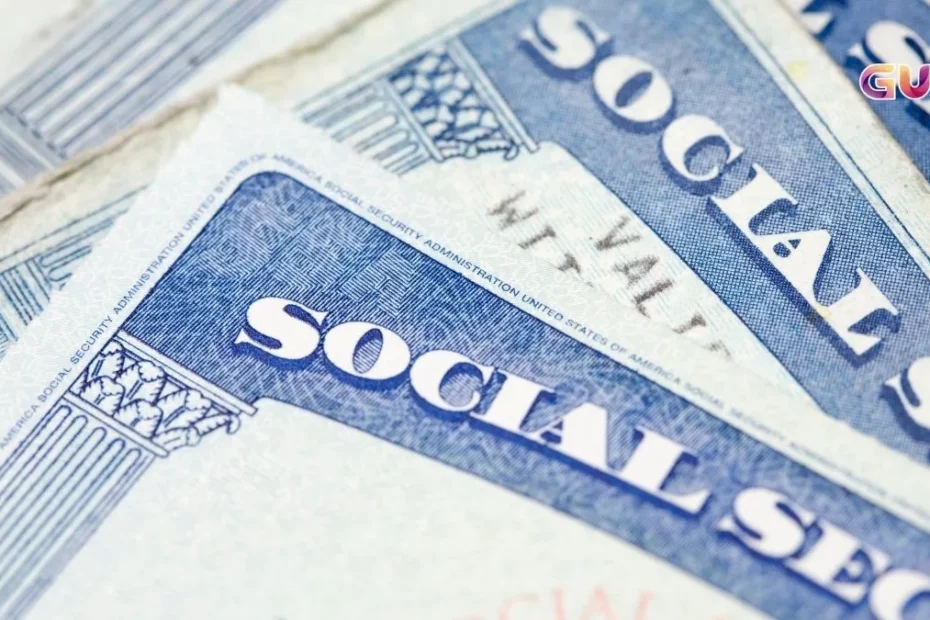Social Security: Millions of Americans rely heavily on Social Security in retirement—but what if those benefits weren’t available at all? With the future of the Social Security program uncertain, a growing number of people are asking: Could I retire comfortably without it?
As of April 2025, over 73.9 million Americans receive Social Security, including 52.6 million retirees. But with estimates showing that the Social Security Trust Fund could be depleted by 2034, future generations may receive only 78% of their scheduled benefits unless legislative changes are made.
What Retirement Looks Like Without Social Security
A recent GoBankingRates study calculated how much savings you’d need to retire comfortably—without relying on Social Security—across all 50 U.S. states. Their model assumes retirement at age 60 or 70, with life expectancy set at 80 years, and defines “comfortable retirement” as having double the amount needed for basic living costs.
Here’s what the study found:
- In California, you’d need over $3.1 million to retire at 60 without Social Security.
- In Hawaii, the number jumps to $3.7 million, the highest of any state.
- On the lower end, Mississippi requires about $1.3 million to retire at 60, or $655,000 if retiring at 70.
- Even in Texas, the amount needed exceeds $1.6 million for early retirement without Social Security.
The cost of living is the major factor, and the variation between states is substantial. Even in more affordable areas like West Virginia or Arkansas, retirees need upwards of $1.3 million saved to comfortably retire at 60 without relying on monthly Social Security payments.
Social Security Still Matters—But Shouldn’t Be the Only Plan
The average Social Security benefit today stands at around $1,950 per month, or $23,400 per year. Over a 30-year retirement, that amounts to roughly $702,000 in total benefits—assuming the full benefit continues without cuts.
But given the funding shortfall projected for 2034 and beyond, experts caution against depending on these payments alone. Even if the program continues to operate through payroll tax funding, reduced benefits could significantly impact retirees who haven’t built up personal savings.
How to Prepare Financially
To retire comfortably—even with potential Social Security cuts—financial advisors recommend:
- Starting early: The sooner you begin saving, the more time your money has to grow.
- Following the 50/30/20 rule: Allocate 50% of income to needs, 30% to wants, and at least 20% to savings. If you’re behind, consider a 30/20/50 adjustment.
- Using retirement accounts wisely: Contribute to a 401(k) or IRA regularly. For example, saving just $500 a month over 30 years with an average 7% return could yield over $600,000.
Social Security is still a critical income source for millions, but it may not be enough—or guaranteed—in the long term. Understanding how much money you’d need without it is a wake-up call for many Americans. Whether you’re 25 or 55, the best time to plan for retirement without depending on Social Security is now.
